Don't overlook these Baldur's Gate 3 NPCs
In the vast realm of Baldur's Gate 3, where a multitude of characters await interaction, certain NPCs stand out as truly memorable.

Even after 900 hours of gameplay, spanning three custom characters, two Dark Urge playthroughs, and a Shadowheart Origin Honor Mode run, the appeal of Larian's meticulously crafted universe remains potent. Beyond the engaging gameplay, it's the vibrant world and its diverse inhabitants that genuinely captivate. The conversations and encounters during journeys through Faerûn breathe life into this realm.
With the impending arrival of new subclasses and a plethora of Baldur's Gate 3 mods to experiment with, players will likely find themselves drawn back to this sprawling RPG in pursuit of fresh adventures. Whether you're a novice or a seasoned adventurer, here are some noteworthy yet often overlooked NPCs that warrant a visit.
A word of caution: mild spoilers for all acts lie ahead, so proceed with awareness.
Pritt Yellowbreath
Located in the Lower City, Pritt, a dragonborn, is, as she puts it, enraged. Engage her in conversation, and you'll discover the source of her fury: the 'Baldur's Mouth Gazette' has dared to remove its puzzle section.
There's an undeniable charm to video games incorporating newspapers, radio shows, or other media forms, lending a sense of realism to their worlds. It's always refreshing to discern the source of an NPC's information, making them feel like genuine individuals with problem-solving skills, living authentic lives. In this instance, it's a newspaper that has replaced its puzzles with news about "some lord." Pritt, I share your disbelief.
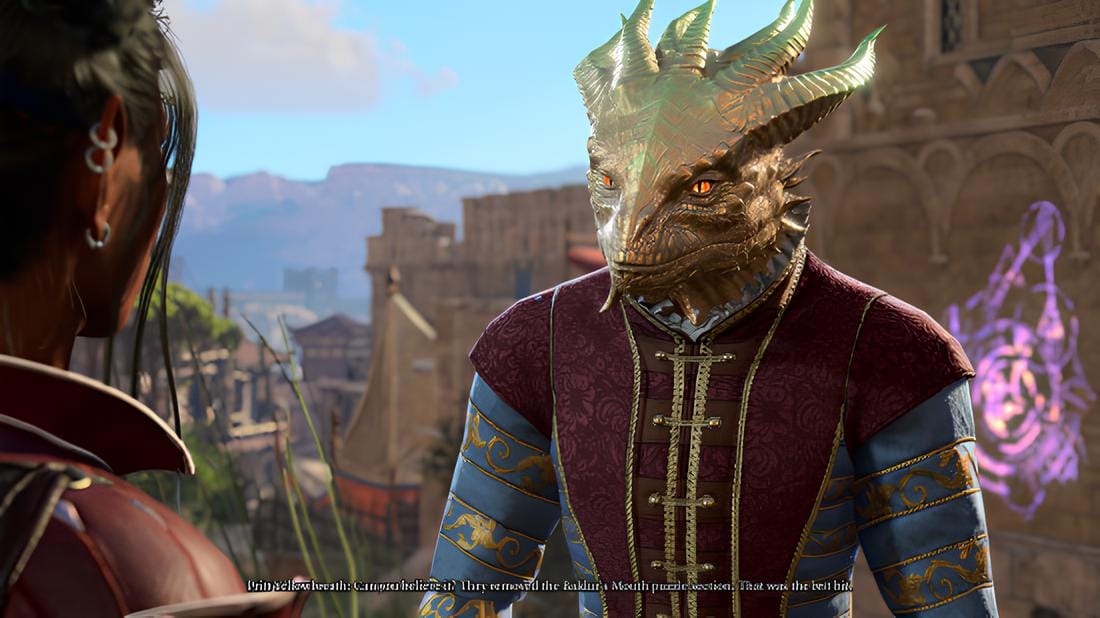
The Gnolls of Moonrise Towers
The gnolls of Baldur's Gate 3 might appear to be mere bloodthirsty creatures, offering combat XP and the occasional hyena ear, but their significance runs deeper.
In Act 2, players encounter Timothy, Tomelia, and Barnabus, gnolls being forcibly trained as cooks by a True Soul cultist named Linsella. Interactions with Linsella and the gnolls can vary based on dialogue choices (and whether you're playing as Dark Urge), but at some point, Linsella asserts that the Absolute granted her the "gift" to mind-control the gnolls and "make them believe they are something better."
While witnessing gnolls cooking is less terrifying than seeing them transform hyenas inside out, their race is inherently driven by rage and bloodlust. This presents a compelling dilemma that underscores the thought-provoking nature of BG3's world. Is Linsella justified in converting killing machines into cooks? Do they deserve to live more than the murderous gnolls encountered in Act 1?
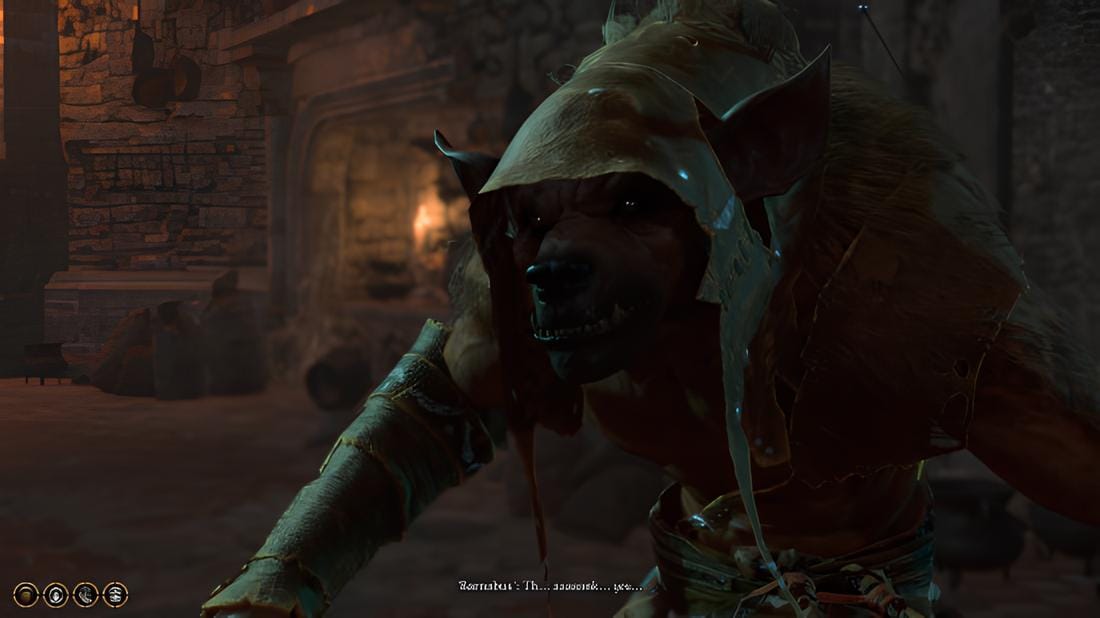
The Giant Eagles of the Mountain Pass
While the Githyanki dominate this area in Act 1, there's a humorous element to steeling oneself for a confrontation with one of the game's most formidable factions, only to potentially trigger a surprising interaction with two eagles who clearly aren't pleased to see you.
Numerous birds throughout the game could be highlighted, but the Giant Eagle that perceives me as foul-smelling, regardless of my hygiene, holds a special place in my heart. The avian inhabitants of the game are fascinating for their diverse interpretations of the world around them. Some are more knowledgeable and cunning than others (looking at you, Blue Jay and Commander Lightfeater), while creatures like the eagles seem to inhabit a world of their own making. Their primary desire is to be left alone, perhaps oblivious to the events unfolding beneath them.
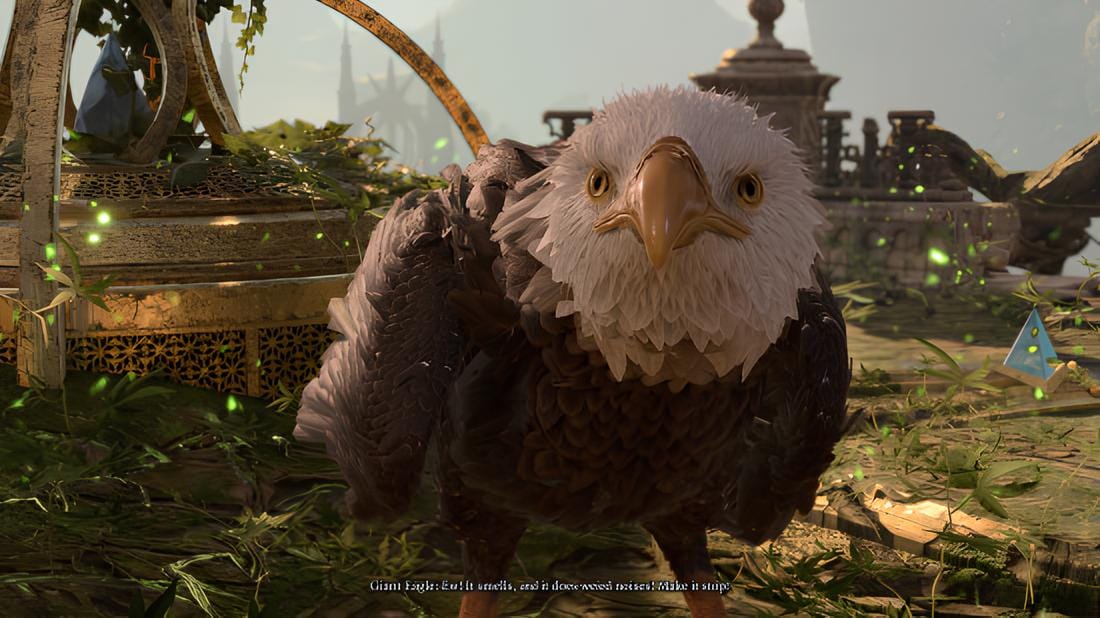
Rolan
The Emerald Grove in Act 1 teems with good-aligned NPCs, making the cold, arrogant, and ambitious Tiefling wizard Rolan a striking contrast. Initially dismissed, Rolan's character, by Act 3, reveals a profound lesson about the hubris of wizards in BG3.
Many spellcasters in the game embody ambition in unique ways – Gale striving for godhood, Rolan's abusive master Lorroakan seeking immortality – but Rolan's ambition leads him to endure excessive mistreatment. His arc is heavily influenced by player actions, and his growth (or lack thereof) throughout the game exemplifies how NPCs breathe life into the world as they undertake their own journeys alongside yours.
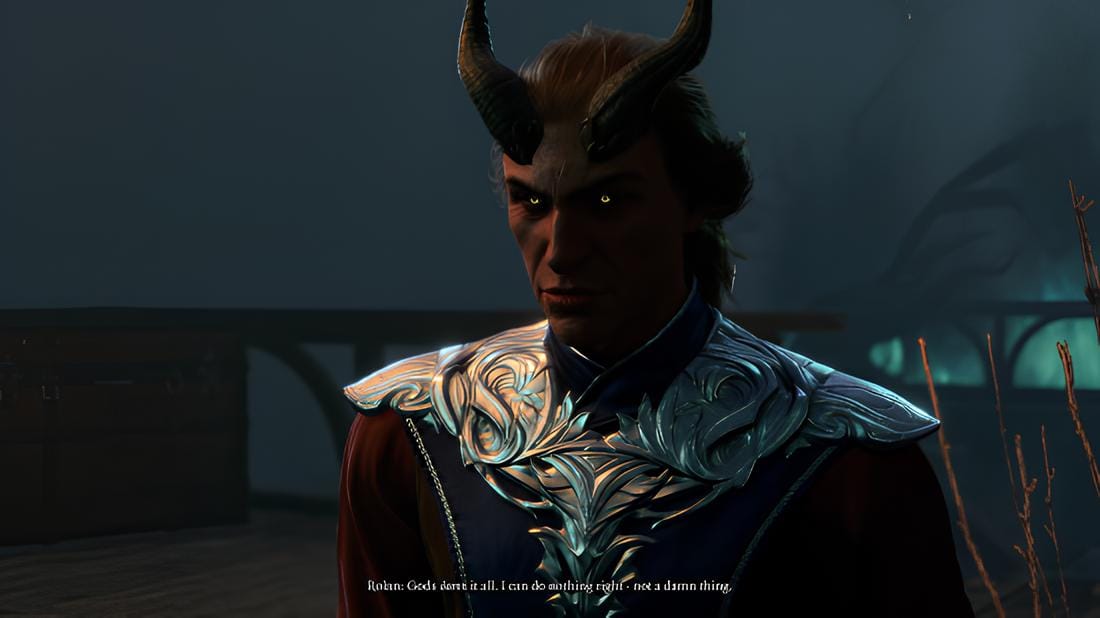
The Undead Nurses
The undead nurses of the House of Healing in Act 2, who "work for" Malus Thorm, are undeniably horrifying. Not only do they appear oblivious to their surroundings, mistaking corpses for patients, but letters and notes scattered throughout the building reveal Malus's twisted control over them. A letter penned by Sister Anna Lidwin, found in the building's hall, pleads with a Baldur's Gate hospital for aid after Malus began allowing patients to suffer for his "studies."
The letter paints a grim picture of torment and torture, offering a glimpse into the nurses' corrupted minds as the Shadow Curse and Malus's influence take hold. Simultaneously, it highlights their inherent gentle nature and former desire to heal, underscoring the pervasive theme of moral ambiguity in Baldur's Gate 3.
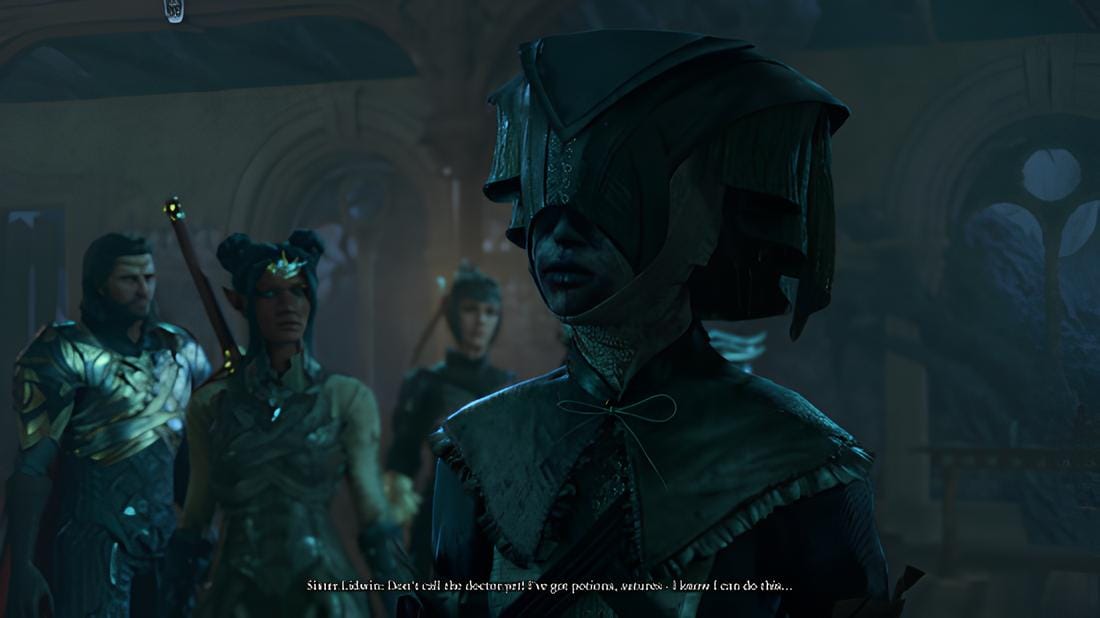
He Who Was
Hidden within the Ruined Battlefield in Act 2 is He Who Was, accompanied by his white raven. He is a Shadar-Kai, a race of former elves who serve the Raven Queen and dwell within the Shadowfell. When encountered, he's engaged in setting up a ritual circle around a corpse and may request assistance. He not only introduces another NPC race but also provides further insight into the varied effects of the Shadow Curse.
While idle, he can be overheard conversing with his raven about forging their own destiny, and a letter on his person reveals an order to return to the Shadowfell. While some NPCs become mere echoes of their former selves, characters like Malus Thorm and He Who Was seem to find new purpose within the darkness of the curse – for better or worse.
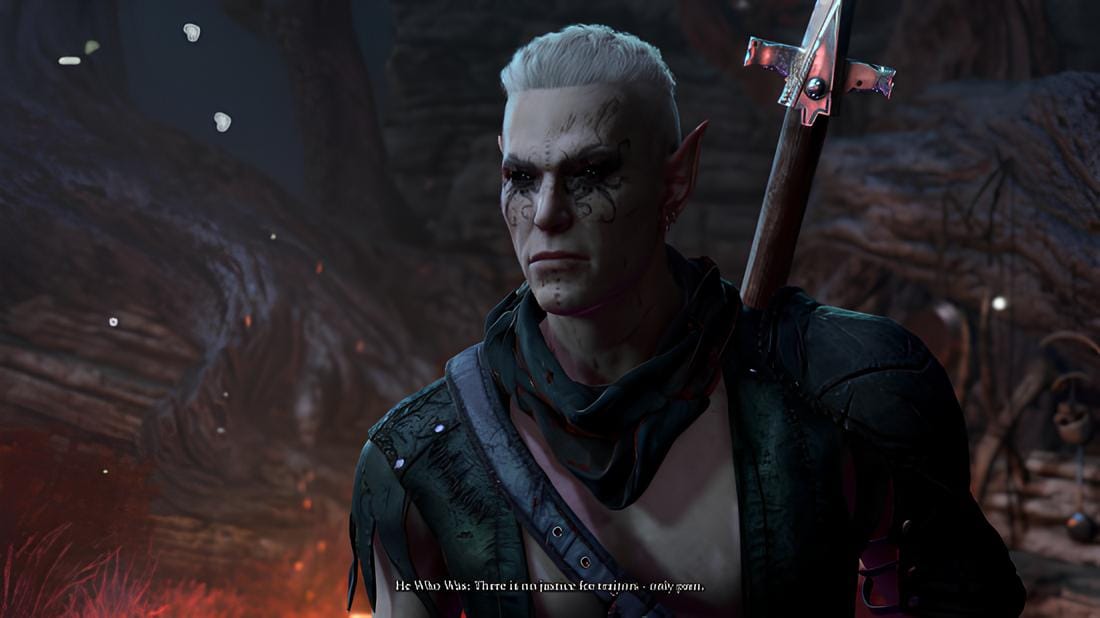
The Cats and Dogs of Baldur's Gate
Ensure you have a Potion of Animal Speaking or the Speak with Animals spell handy, as numerous cats and dogs have something to say. Scratch is undeniably a good boy – perhaps even the best – but thankfully, more good boys and girls await throughout the game.
There's Biscotti, a golden floof yearning for words of affirmation, and Myshka, a radiant cat searching for its mother. And let's not forget the distinguished gentleman who's quite displeased with Isobel for neglecting to provide his milk.
While animals in games are often strategically placed for a quick pet and then forgotten, Baldur's Gate 3's furry denizens possess unique personalities. This contributes to the sense that Faerûn is a living, breathing world inhabited not just by humanoids and monsters but also by innocent creatures. The reliance on potions or spells to understand them feels deeply rooted in D&D lore, enhancing the game's grounded atmosphere.
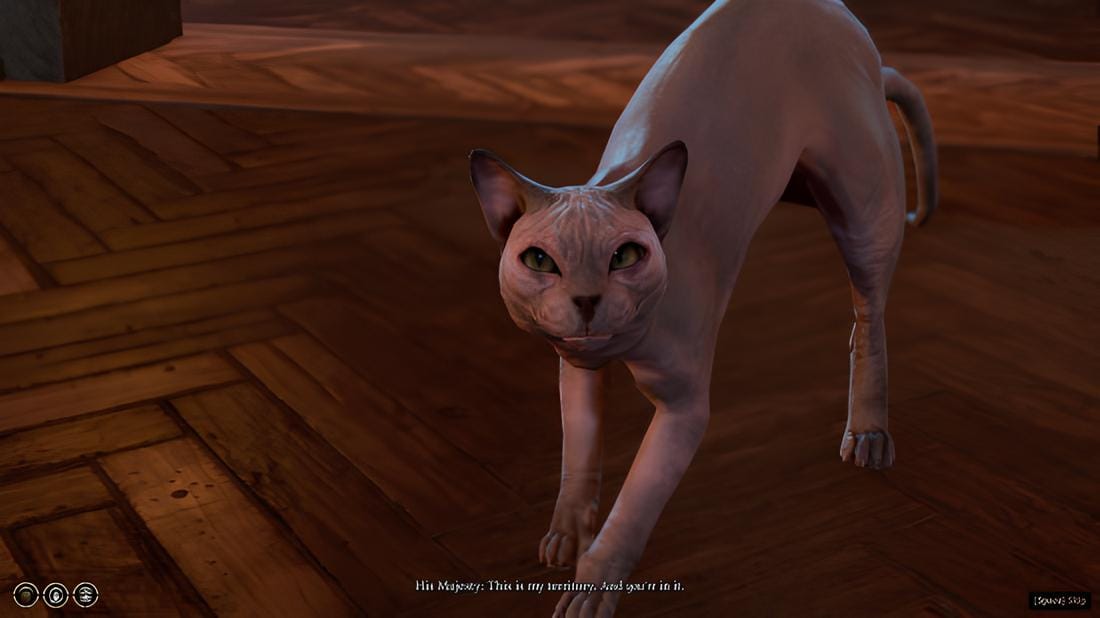
Koll
Finally, there's Koll. Take my word for it; he's worth a chat.






